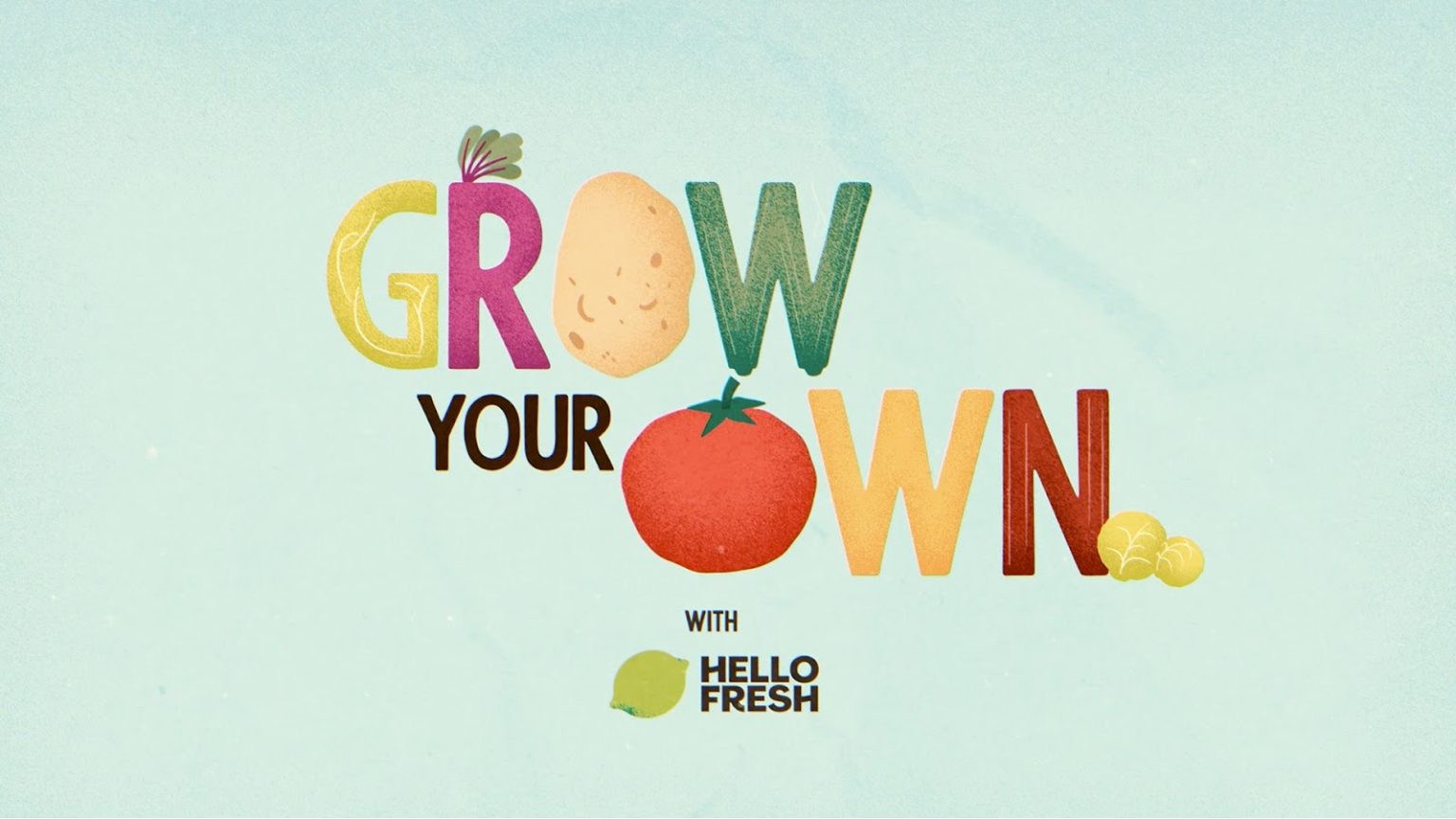-
Research shows that the average UK family spends over £700 on fruit and vegetables.
-
Food expert shares their top tips on growing fruit and vegetables at home during Spring to save money and support Brits during the cost of living crisis.
-
The experts have also created a video and guide for beginners, families and budding gardeners.
Today officially marks the start of Spring which means warmer, longer days are ahead of us. This time also presents the ideal opportunity to plant your own delicious fruit and vegetables. With milder weather and ample sunlight, now is the perfect time to start planting your own produce so you can enjoy fresh fruits and vegetables in time for the summer and autumn seasons.
With recent data revealing that the average household spends £706 on fruit and vegetables alone in 2023, experts share how simply growing your own produce at home can result in substantial cost savings for families up and down the country.
The team at HelloFresh are helping to educate the UK on how to grow their own fruit and veg with a helpful and easy-to-follow video and guide, with expert tips from expert, Mimi Morley.
What’s in Season in the UK and What Can You Grow at Home?
Mimi, shares her top tips on growing your own fruit and vegetables, including the easiest vegetables to grow and when to sow and harvest them.
“Growing your own ingredients saves money, benefits the planet and is fun too! Here are the top fruits and vegetables that you can grow easily in the UK climate, saving yourself some serious money along the way. Potatoes and carrots are some of the easiest vegetables to grow, so they’re a good place to start for beginners.
A lot of fruits and vegetables like to be sown or planted in the UK in early spring, meaning there’s no better time to grab your gardening gloves and get started! Remember, everything you do when starting a vegetable patch is an opportunity to learn and experiment, so don’t worry if you don’t get perfect results the first time round.”
|
Fruit / Vegetable |
Sow / Plant |
Harvest |
|
Carrots |
Feb – Jul |
May – Oct |
|
Lettuce |
Mar – Sep |
May – Nov |
|
Strawberries |
Mar – Apr |
Jun – Sep |
|
Potatoes |
Mar – May |
Jun – Oct |
|
Peas |
Feb – Jun |
Jun – Oct |
|
Beetroot |
Mar – Jul |
Jun – Oct |
|
Raspberries |
Nov – Mar |
Jun – Oct |
|
Rocket |
Apr – Sep |
Jun – Dec |
|
Cherries |
Oct – Mar |
Jun – Aug |
|
Blackcurrants |
Nov – Mar |
Jun – Aug |
|
Tomatoes |
Feb – Apr |
Jul – Sep |
|
Blueberries |
Nov – Mar |
Jul – Sep |
|
Sweetcorn |
Apr – Jun |
Jul – Oct |
|
Broccoli |
Apr – Jul |
Jul – Oct |
|
Cucumbers |
Mar – Jun |
Jul – Oct |
|
Peppers |
Feb – Apr |
Jul – Oct |
|
Pears |
Nov – Feb |
Aug – Nov |
|
Apples |
Nov – Mar |
Aug – Nov |
|
Brussels sprouts |
Feb – Apr |
Aug – Jan |
|
Olives |
Mar – May |
Sep – Oct |
Mimi goes on to explain, “In the UK, we are coming into spring/summer, which means it’s carrot, peas and broccoli season. Why not make a roasted vegetable curry or vegetable lasagne with your harvest? Or even simper, try this vegetable soup recipe for the ultimate home-grown feast.
You could even take a further step into sustainable living and batch make your meals and freeze or share with friends, family and neighbours.”
For more information on what’s in season in the UK right now and recipe ideas to use your home-grown produce, see HelloFresh’s ultimate guide on how to grow your own vegetables and fruits at home, including an easy to follow video.



